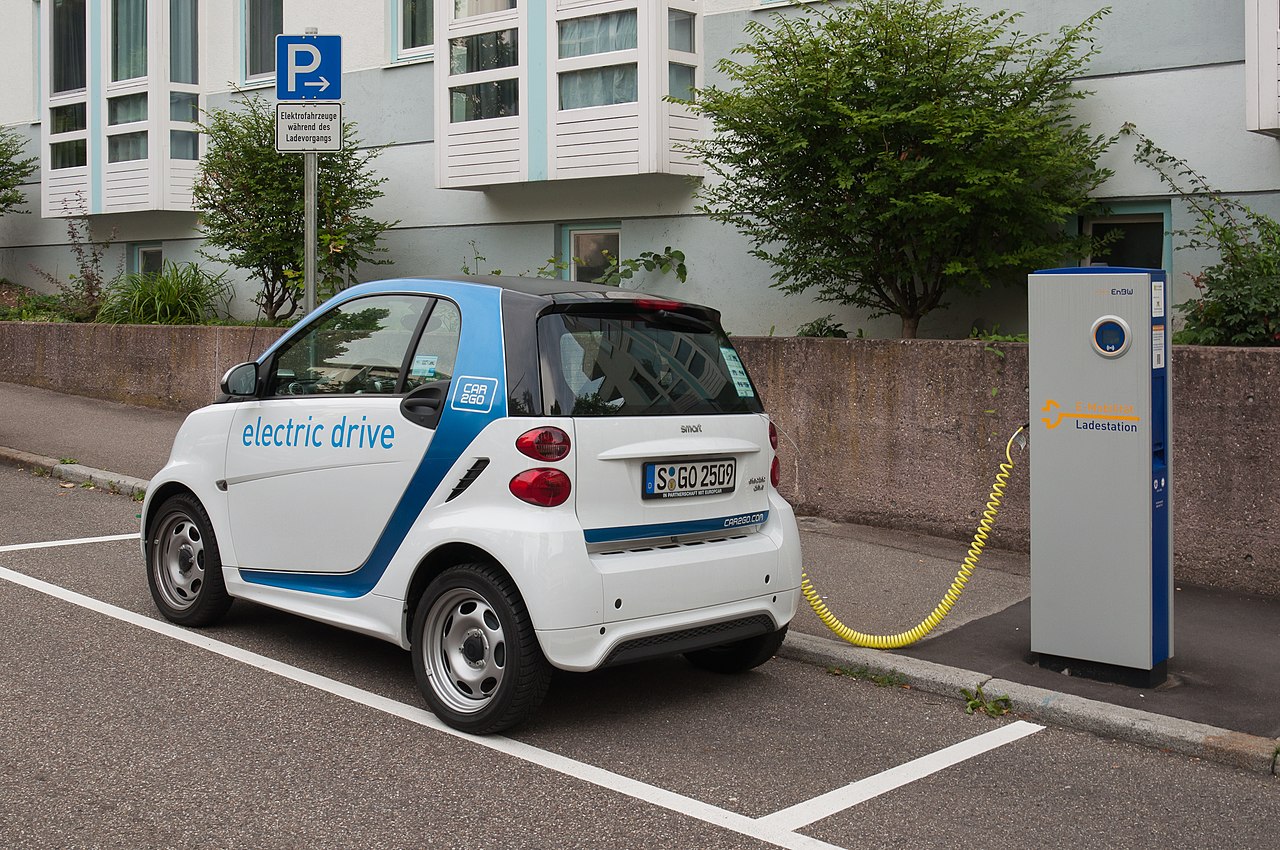I have been reporting a lot about plastics this year, with the upcoming UN treaty against plastic pollution in the works and due to be completed by the end of 2024. I have been quite shocked by what I've been told.
One major issue is all the chemicals used in plastics -- both the monomer ingredients, and also additives like plasticizers or colourants, along with unintentionally added chemicals. There are a tonne of these. Some PVC products are known to be up to 70% phthalates by weight (a plasticizer that makes the PVC more flexible, many of which are endocrine disruptors that muck with reproductive systems and hormones). A lot of scientists I have spoken with are seriously concerned about all this: they opt for no plastic in their grandchildren's toys, avoid plastic water bottles and definitely don't ever microwave food in plastic containers.
In all my stories I have been scrambling to find a solid reference or report on plastic chemicals that I can refer to for definitive information and numbers. Now, finally, here it is! These researchers have done a quite epic job pulling together data on 16,000 chemicals. They find 4,200 are concerning, and 3,600 of these are not currently regulated at the global level. Bring on the plastic treaty to do so!
There are provisos. On the plus side, not all plastics leach concerning chemicals.
Different nations have different regulations, and some, especially in
Europe, have some good protections in place. Some chemicals wound up on
the "concern" list just because they're mobile (they move around a lot
and can escape the plastic easily) but aren't necessarily toxic. Some of
the chemicals on this list might not be in plastics at all anymore.
But on the down side, they found hundreds of concerning chemicals across all the major plastic types (not just PVC, but PET too for example). And there's so much missing data that the numbers might be higher; there might be a lot MORE toxic chemicals amongst the 16,000. That seems quite likely, actually: lots of known-to-be-bad chemicals have been replaced with different chemicals, which later turned out to also be bad. Many of the new ones on the list may be not-yet-proven bad.
Many people
have a simple solution in mind: instead of a list of baddies, let's have
a list of good chemicals (sustainable, non toxic, biodegradable) that
we CAN use in plastics. After all, we don't need hundreds or thousands
of different flame retardants. Simplifying and standardizing plastic
could help a lot with toxic exposure, and with recycling too.
My story for Nature: https://www.nature.com/articles/d41586-024-00805-2

